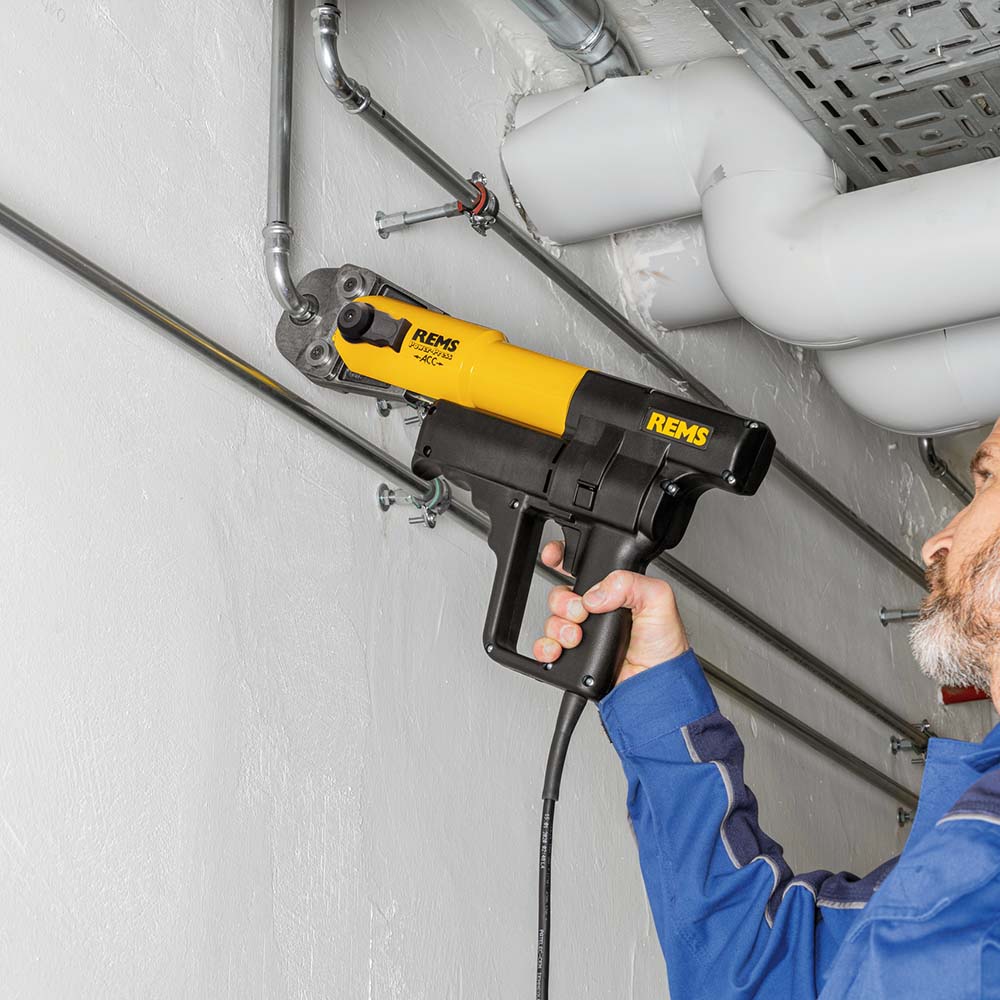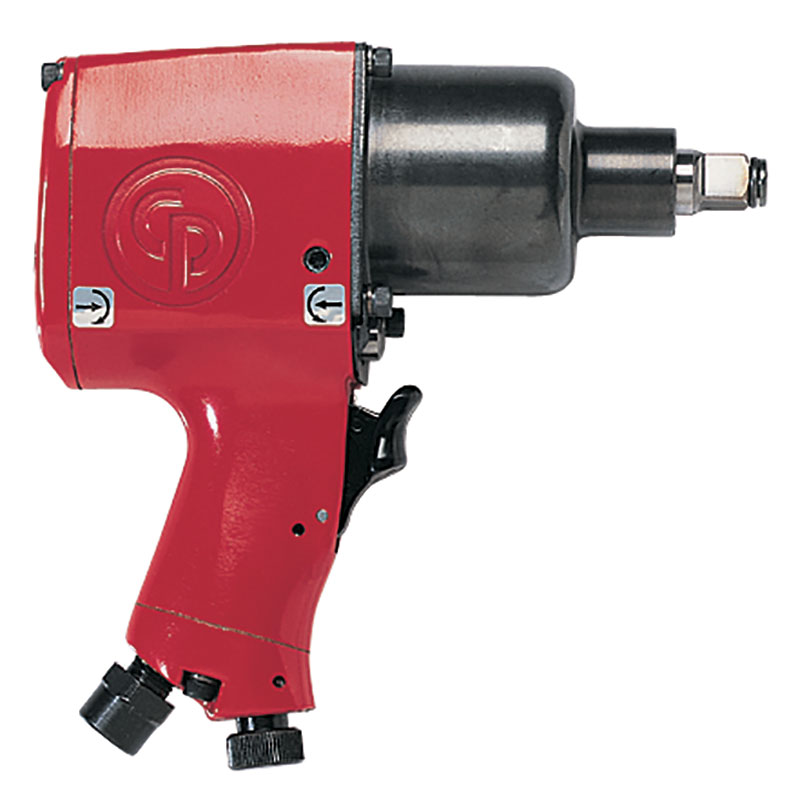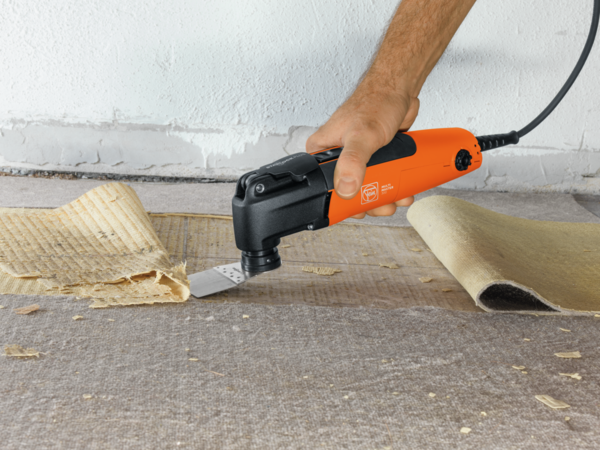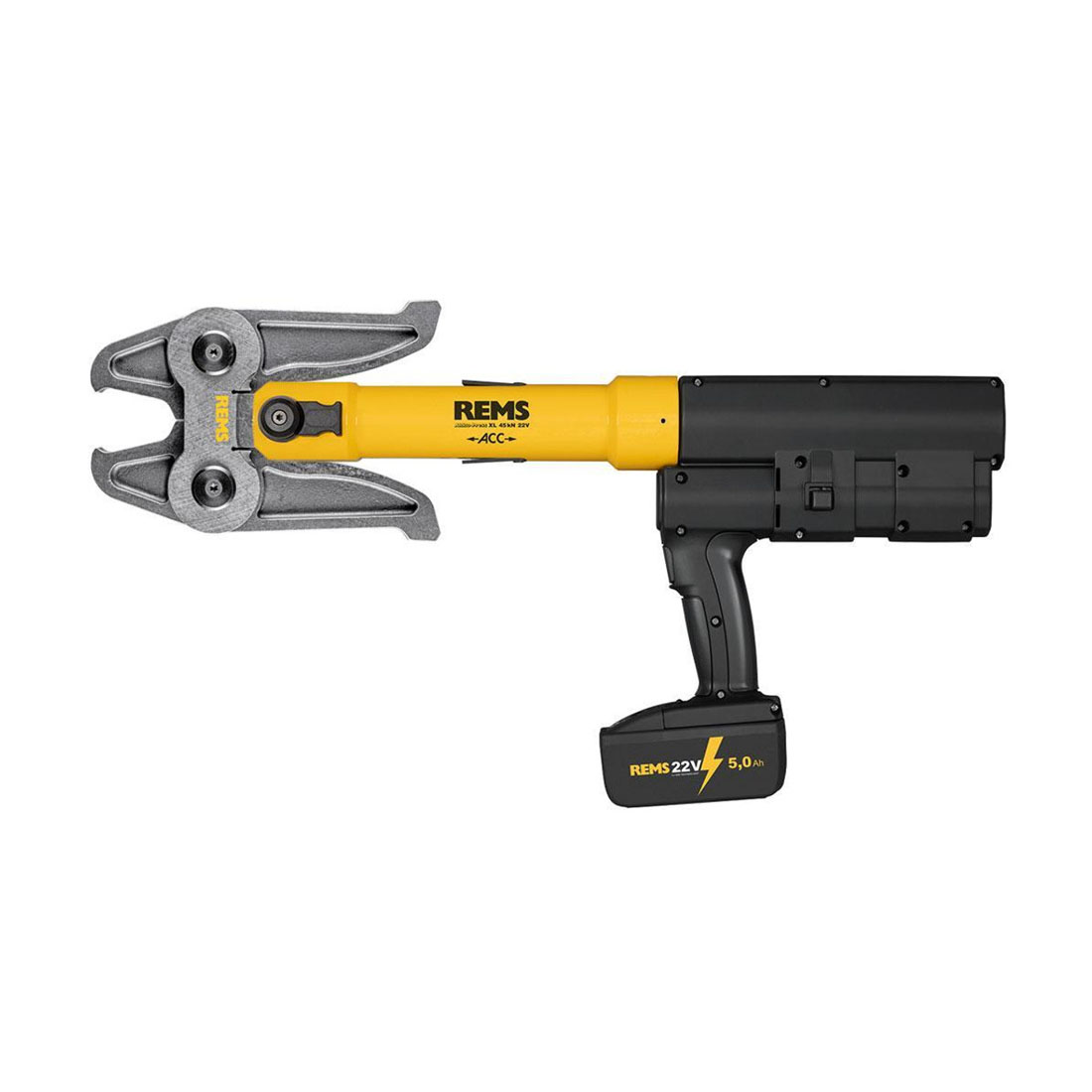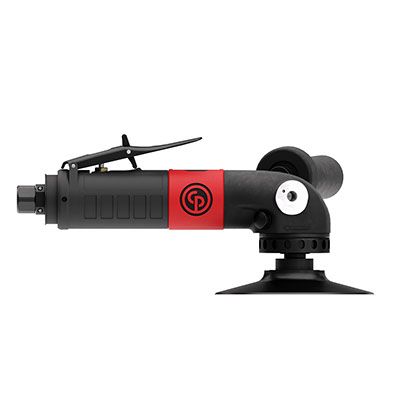
How Long Can You Expect Them to Last?
Power tools are essential for any DIY enthusiast or professional tradesperson. Whether you’re working on a home improvement project or tackling a construction job, having reliable and durable tools is crucial. But have you ever wondered how long power tools actually last? In this article, we’ll explore the lifespan of power tools and factors that can affect their longevity.
The lifespan of a power tool can vary depending on several factors. These factors include the quality of the tool, frequency of use, maintenance, and the type of work it’s used for. While some power tools may last for decades, others may wear out sooner, especially if they are used heavily or subjected to harsh conditions.
1. Quality of the Tool: The quality of the power tool plays a significant role in determining its lifespan. High-quality tools, typically made by reputable brands, are designed to withstand heavy use and are built with durable materials. Investing in a well-built tool can often result in a longer lifespan.
2. Frequency of Use: Power tools that are used frequently are more likely to wear out faster compared to those used occasionally. If you’re a professional tradesperson who relies on power tools daily, it’s important to choose tools that are specifically designed for heavy use.
3. Maintenance: Proper maintenance is crucial for extending the lifespan of power tools. Regular cleaning, lubrication, and inspection can help prevent premature wear and damage. Following the manufacturer’s guidelines for maintenance and storage is essential to keep your tools in optimal condition.
4. Work Environment: The environment in which power tools are used can impact their lifespan. Tools that are used in dusty or humid conditions may require more frequent maintenance to prevent rust or clogging. Extreme temperatures can also affect the performance and longevity of power tools.
While the lifespan of power tools can vary, here are some average estimates for common types of tools:
1. Cordless Drills: Cordless drills typically have a lifespan of around 3 to 5 years. However, with proper care and maintenance, they can last longer.
2. Circular Saws: Circular saws are known for their durability and can last anywhere from 5 to 10 years or more, depending on the brand and usage.
3. Angle Grinders: Angle grinders have a lifespan of around 5 to 8 years, but this can vary depending on the intensity of use and maintenance.
4. Power Sanders: Power sanders can last for 5 to 7 years, but regular cleaning and maintenance are essential to keep them running smoothly.
5. Jigsaws: Jigsaws typically have a lifespan of 5 to 7 years, but this can vary depending on the brand and usage.
Tips for Extending the Lifespan of Power Tools
1. Choose Quality Tools: Invest in high-quality power tools from reputable brands that are known for their durability.
2. Follow Maintenance Guidelines: Regularly clean, lubricate, and inspect your power tools according to the manufacturer’s instructions.
3. Store Properly: Keep your power tools in a clean, dry, and secure location when not in use to protect them from dust, moisture, and potential damage.
4. Use Tools for Their Intended Purpose: Avoid using power tools for tasks they are not designed for, as this can put unnecessary strain on the tool and reduce its lifespan.
5. Avoid Overworking the Tool: Allow your power tools to cool down if they become hot during use, as excessive heat can damage the motor and other components.
Conclusion
While the lifespan of power tools can vary depending on various factors, investing in high-quality tools, following proper maintenance practices, and using them for their intended purpose can help extend their lifespan. Remember, taking care of your power tools not only ensures their longevity but also enhances safety and performance during your projects.
So, the next time you’re in the market for power tools, consider their lifespan as an important factor in your decision-making process. With the right care and maintenance, your power tools can serve you well for years to come.

